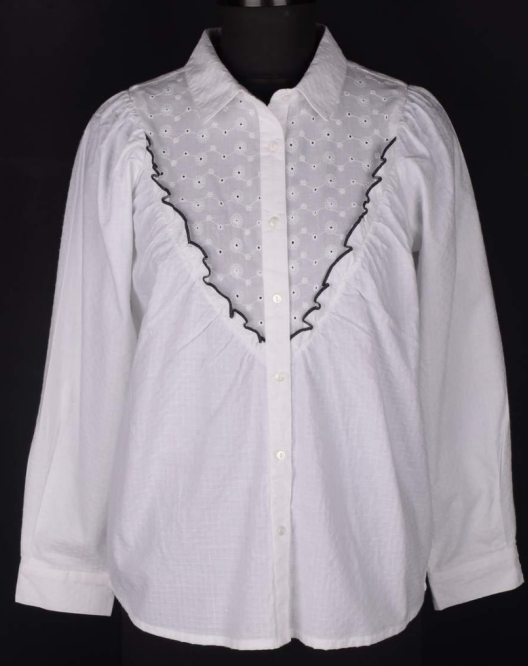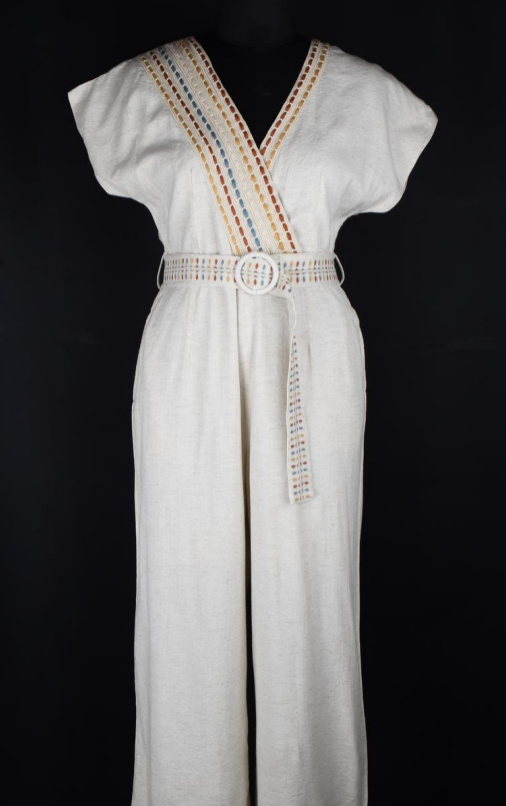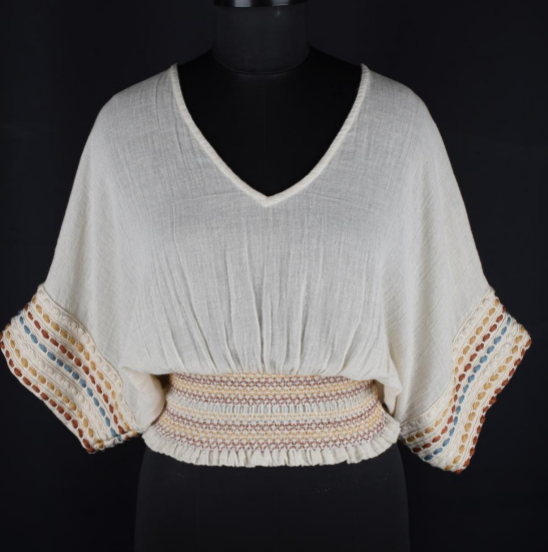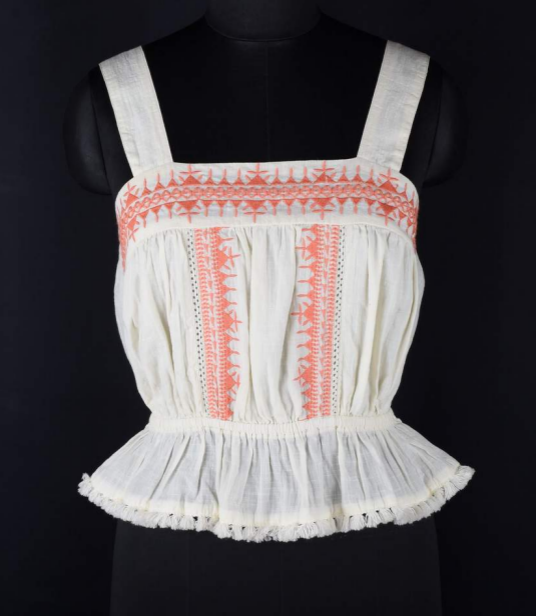Surplus Fabric Repurposing Ideas: How To Become A Champion Of Reusability

Fabric surplus from making women’s garments is a problem that most manufacturers have to face at some point. Initially, brands opted to discard the surplus fabric as these pieces couldn’t be utilised easily in the manufacturing process again. However, this method creates a lot of waste that needs to be incinerated, which leads to pollution, be it air or soil pollution in the location where the waste is dumped.
As brands became more aware of their carbon footprint and attempted to improve their sustainability efforts, they started to think of new ideas to reduce waste and reuse surplus fabric. One of the ways waste reduction was achieved was by using laser-automated fabric-cutting machines. These machines significantly lowered fabric wastage and helped manufacturers save manufacturing expenses.
The other way to reduce wastage was to promote the reuse of the leftover surplus fabric or wastage fabric. Many brands came up with nifty ways to incorporate their use. Here are some of the ideas that brands use nowadays to reuse surplus fabric and promote reusability.
Surplus Fabric Repurposing Ideas To Reduce Your Carbon Footprint
1. Make Patchwork Garments
Patchwork garments have an intense boho look that’s very suitable for the times. This type of clothing is very popular among many people and can be extremely stylish if it is designed well. Using the surplus fabric patches from different fabrics and lining them up together can take a lot of time to create sensible patterns and visually appealing designs. However, it can be very profitable since these patchwork garments are not common and can be a niche where your brand can excel. One of the areas where patchwork garments work exceptionally well is ethnic wear. So, make sure you experiment and use this technique to champion the cause of reusability.
2. Create Reversible Tops
Reversible clothing is a new trend, and it is certainly one of the best sustainable clothing trends in the recent past. It allows you to use leftover surplus fabric in the same piece of clothing, and it helps reduce fabric waste. Reversible tops are also highly fashionable and very versatile, which means they can be used to create stylish garments that can be used by both men and women. Unisex garments are also an important market trend that can be used alongside reversible tops. Make sure you use this opportunity creatively to make beautiful tops that are suitable for occasions and everyday wear.
3. Make Hair Accessories
Suppose you have very small fabric pieces that can’t possibly be used to manufacture entire clothes without immense effort, what do you do then? In such cases, you should try making hair accessories. Be it making fabric scrunchies or making stretchable hair bands. These small accessories can be sold alongside outfits to make them more put together and allow the wearer to wear matching accessories along with their clothing. It can also be offered as free accessories with the purchase to make the buying experience better for customers.
4. Create Bags & Other Carriers
From tote bags to small handbags that match the outfits, there are great ways you can use leftover fabrics or surplus fabric to make special accessories that go with your outfits. Tote bags especially are an important part of sustainability and offer buyers an opportunity to stop using plastic bags. They’re also very fashionable and often the choice of accessory for both men and women when going out. So, make sure you look into this idea and see if you have enough surplus fabric to make bags. You can also use patches of different fabrics to make unique bags.
5. Make Jackets
Jackets that go over tops, such as kimono jackets, are a great way to repurpose fabric. Jackets are a great way to flesh out your outfit offerings and can help you offer complete sets to buyers, which can make their buying experience better. A cohesive outfit or a co-ord is very popular nowadays, and each element of a co-ord is used independently. A jacket made from the same fabric as the other elements of the co-ord can be a great way to increase the market acceptance of your products.
6. Create Fabric Belts
Fabric belts are a great way to make small accessories with minimal excess fabric. Belts are highly popular in women’s clothing and can elevate the look of an outfit significantly. Belts are also very versatile, and they can be used independently to make any outfit look better. They use minimal fabric, and for fabric belts, they don’t even require a securing mechanism. Most fabric belts are tied into knots to be secured, thus making manufacturing very easy and cost-effective.
Conclusion
Fabric repurposing can help you lower your wastage and even help improve your product sales and overall profitability as it reduces your overall wasted expense. To learn more about fabric repurposing, check out CheerSagar. They are one of the top apparel manufacturers in India and can help you manufacture garments with minimal wastage to help you reduce your overhead costs. Check out the website to learn more about the offered services.
Related Blog
Best Style And Comfort Combo Tips For Dressing Kids
Whether you are living with a teenager or you have just been blessed with a bundle of joy, you will...
Japan's Apparel Imports: The Indian Prospect.
Japan is the world's third-largest importer of clothing. The nation imports clothing worth USD 24 billion every year. 78.95...
How To Climb The Ladder In Apparel Production- The Key Factors
So, you are thinking of starting your own fashion business or opening your boutique. You might be excited and full...




